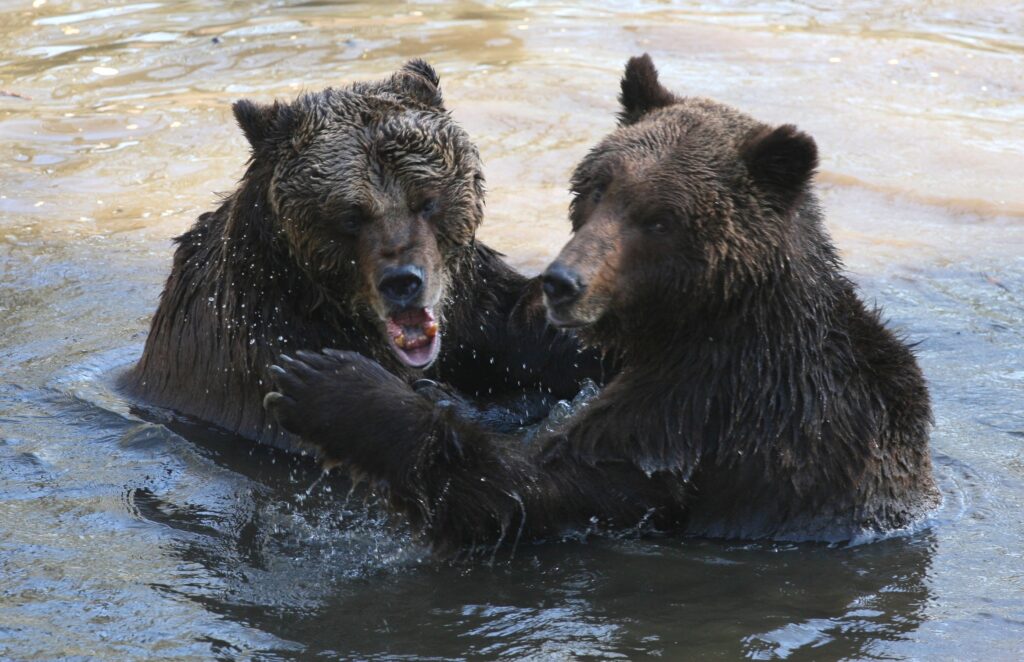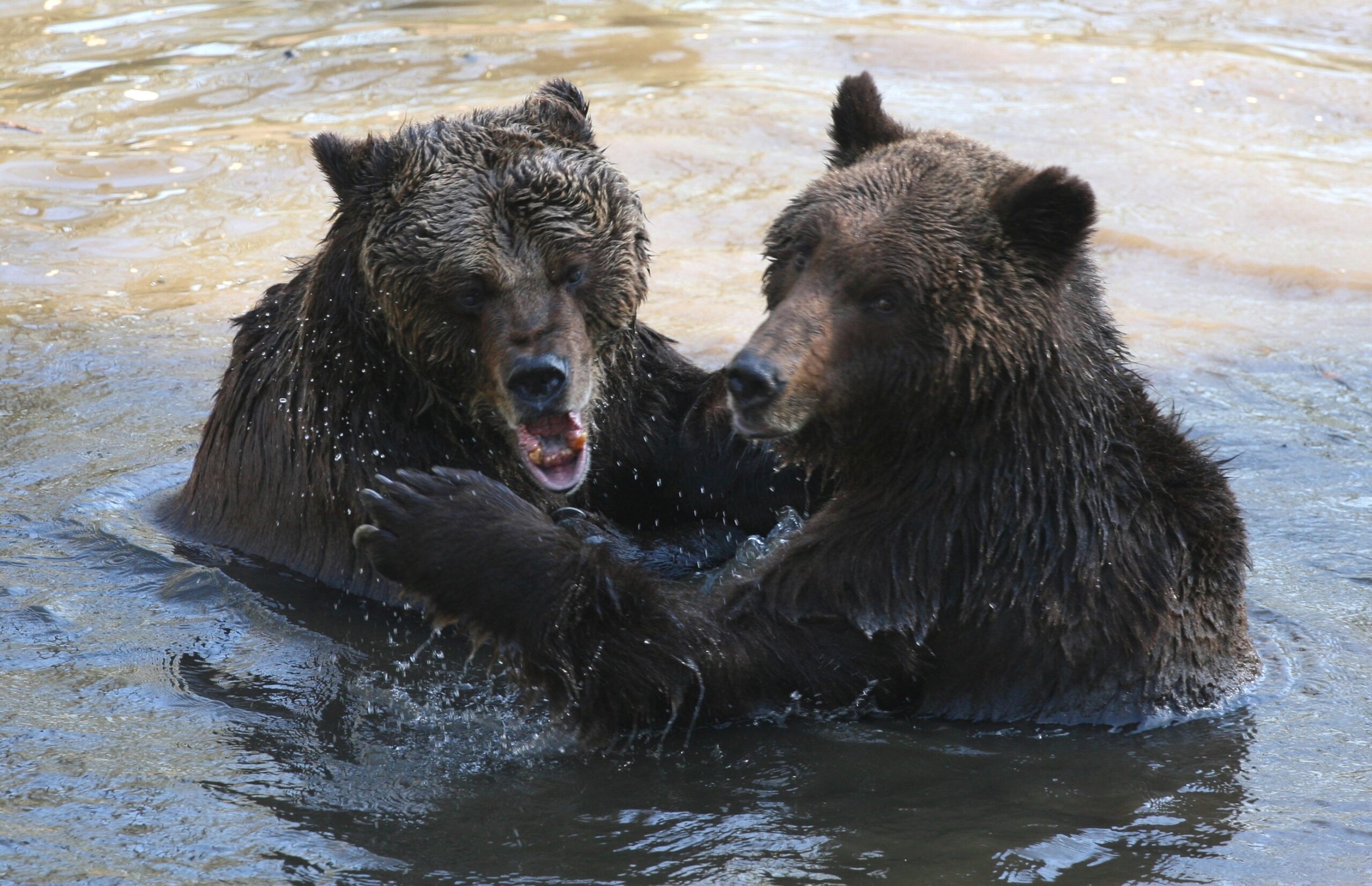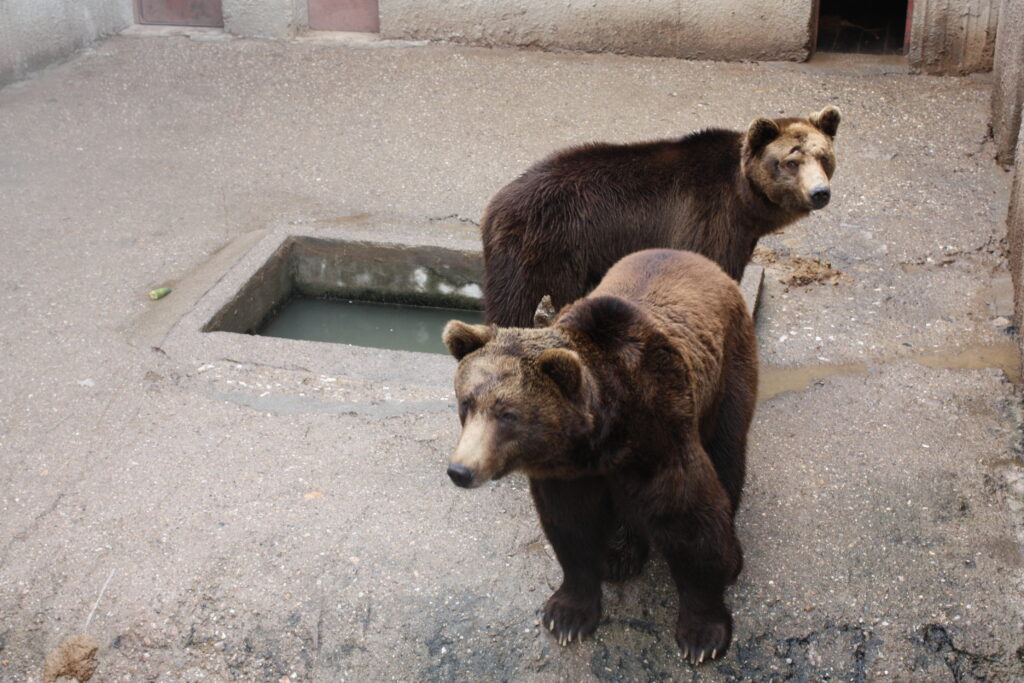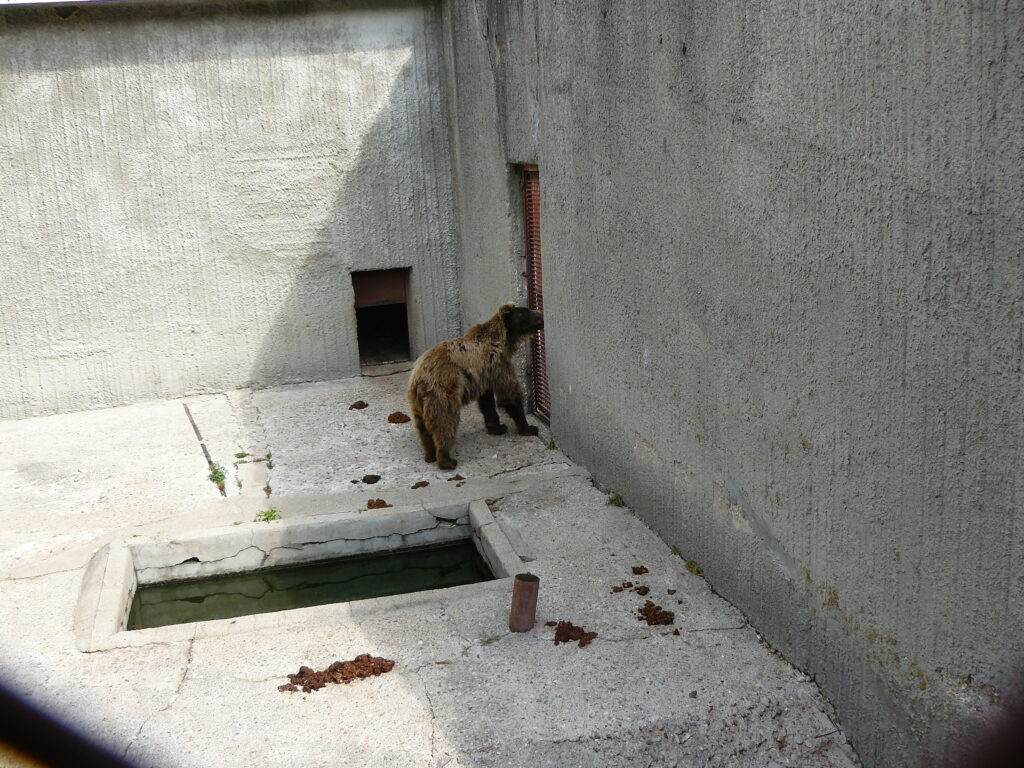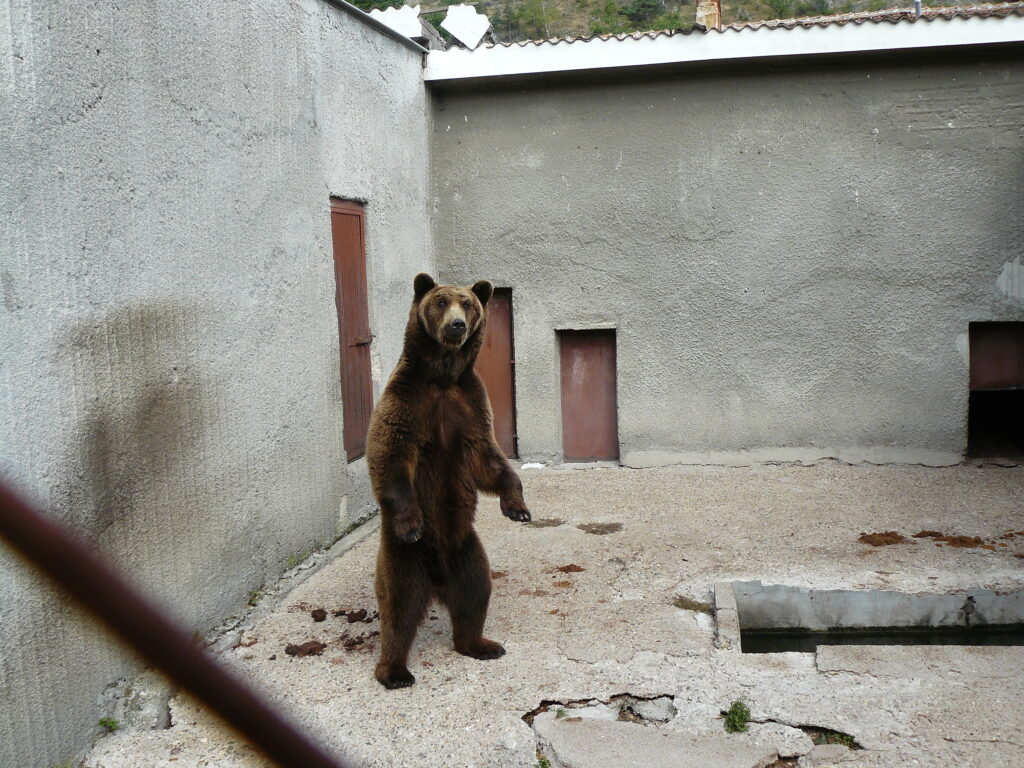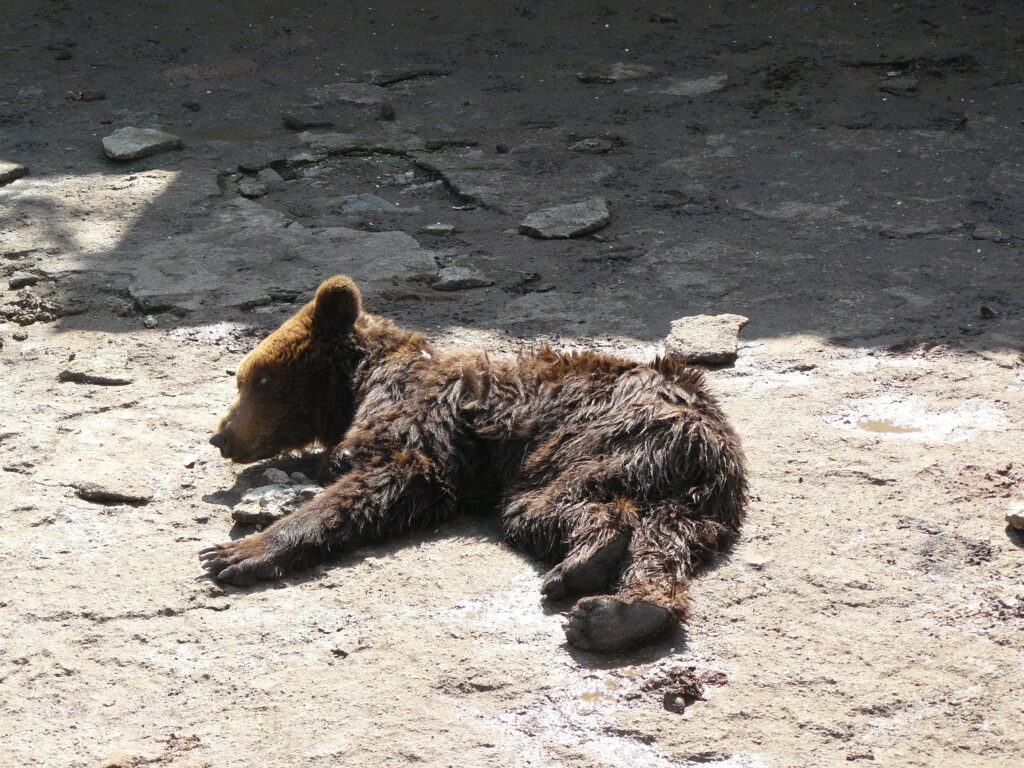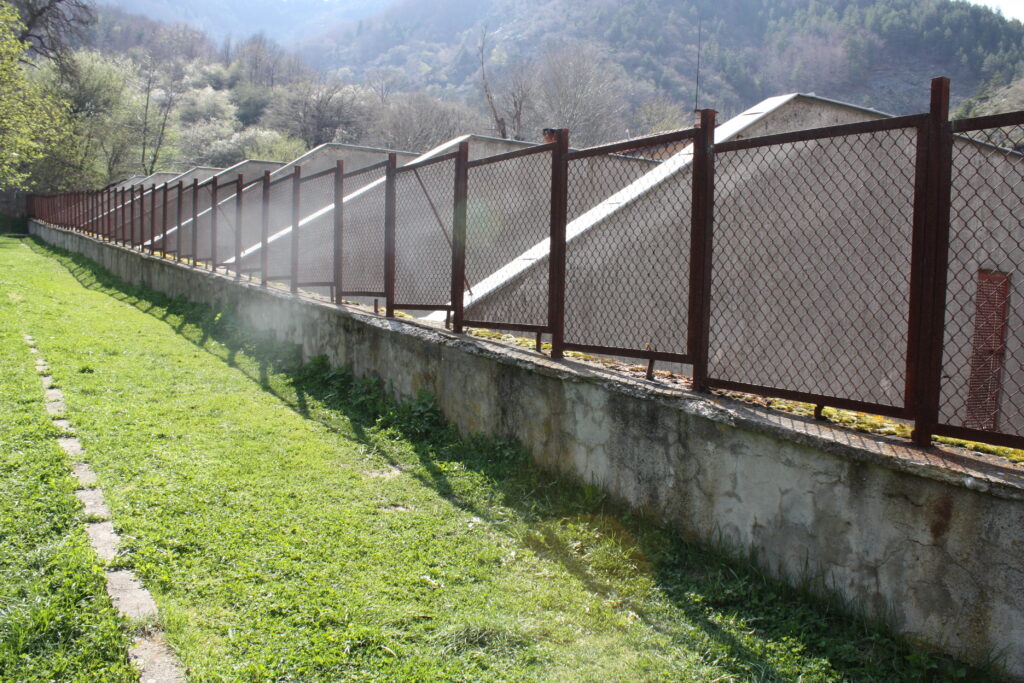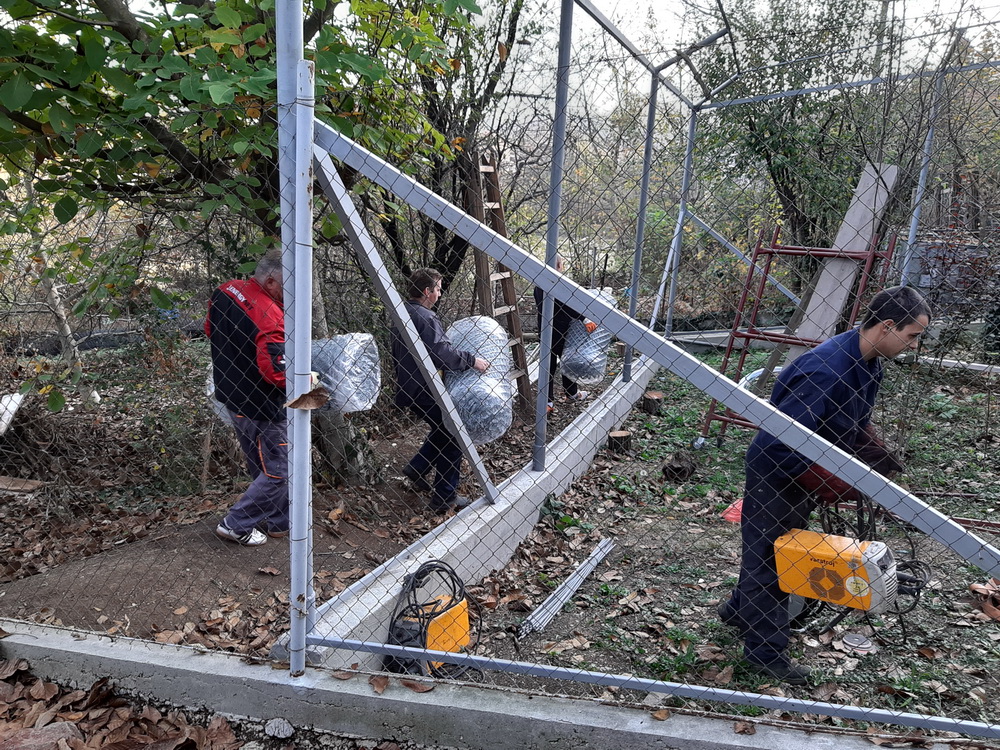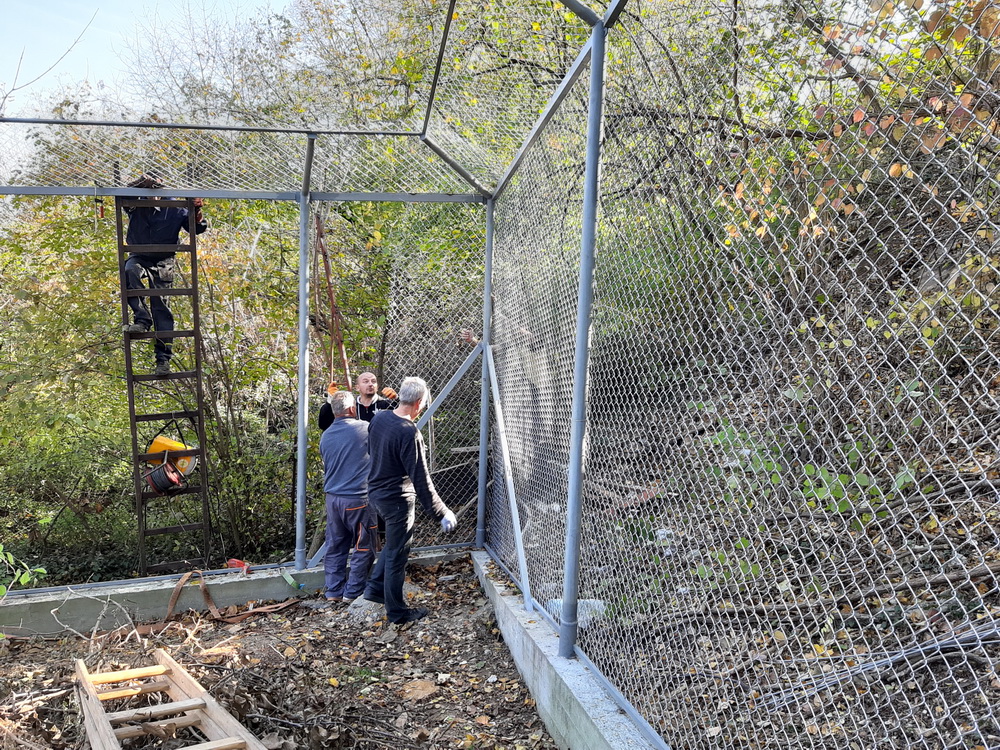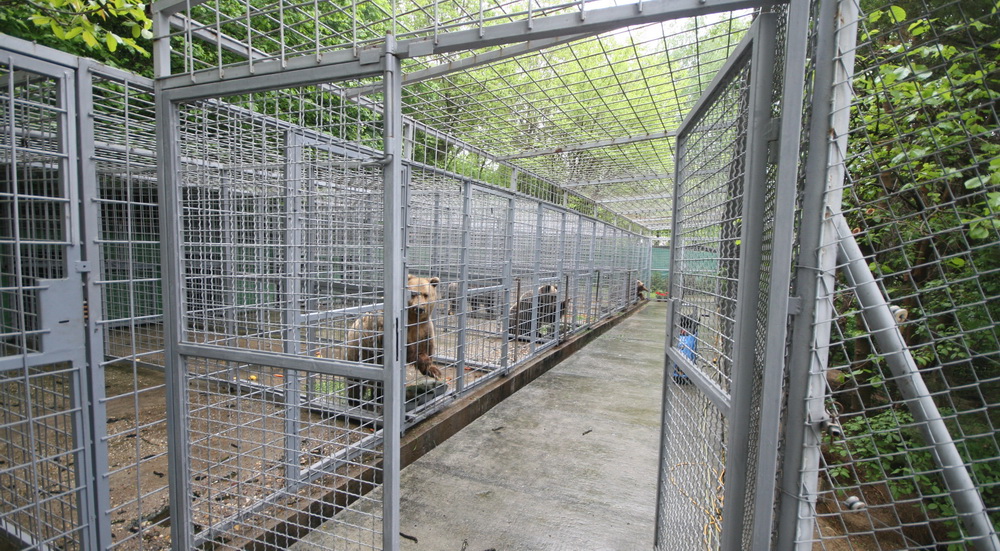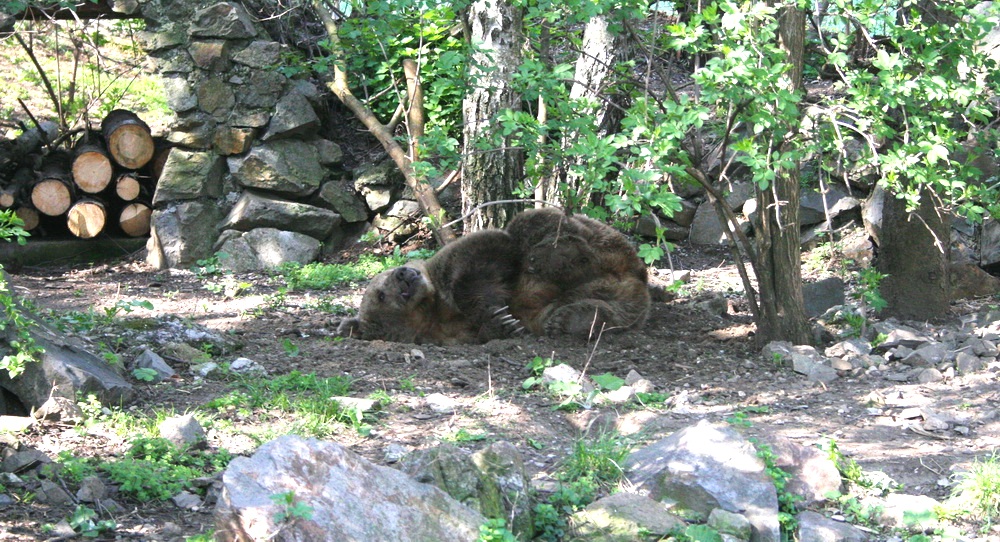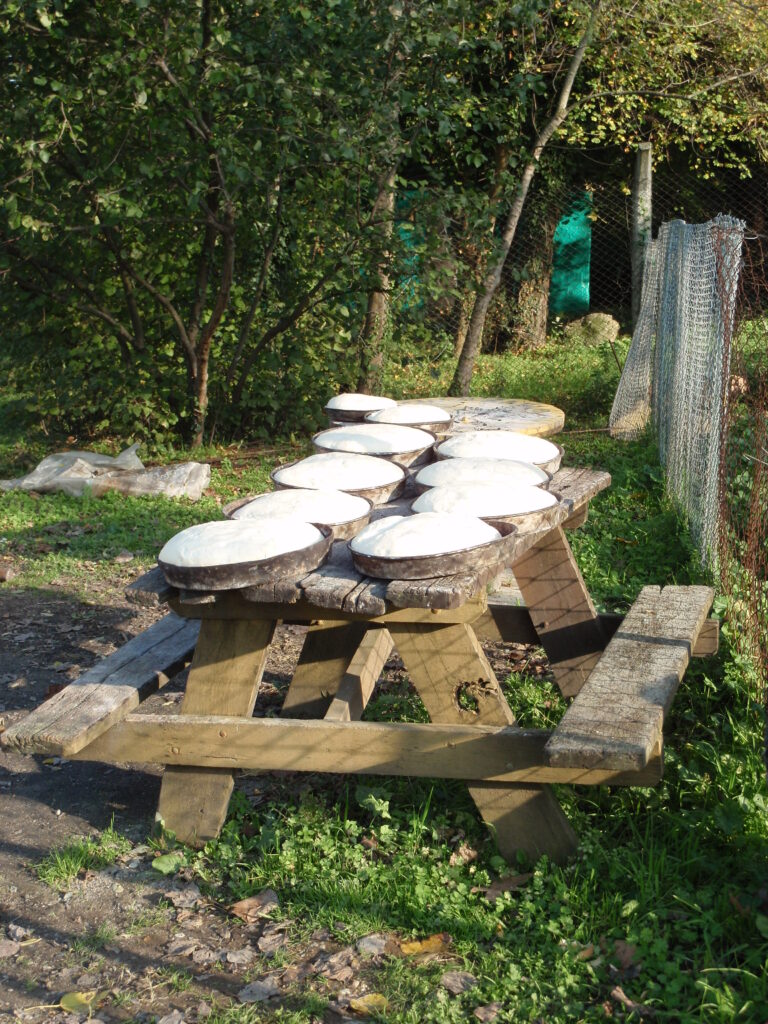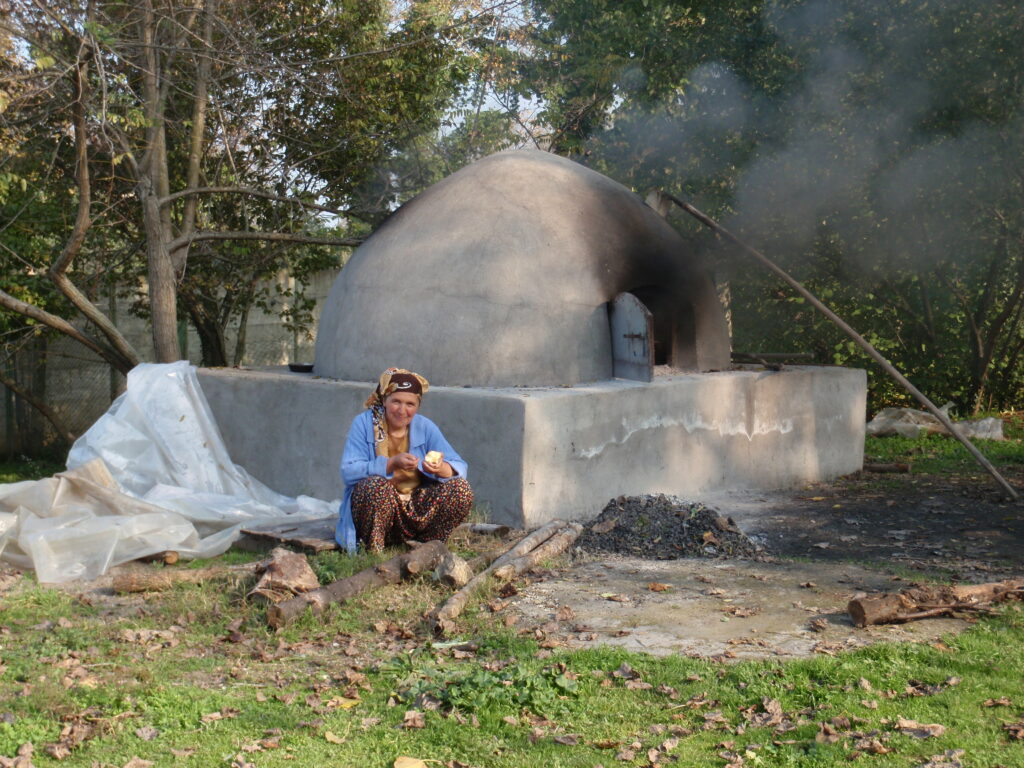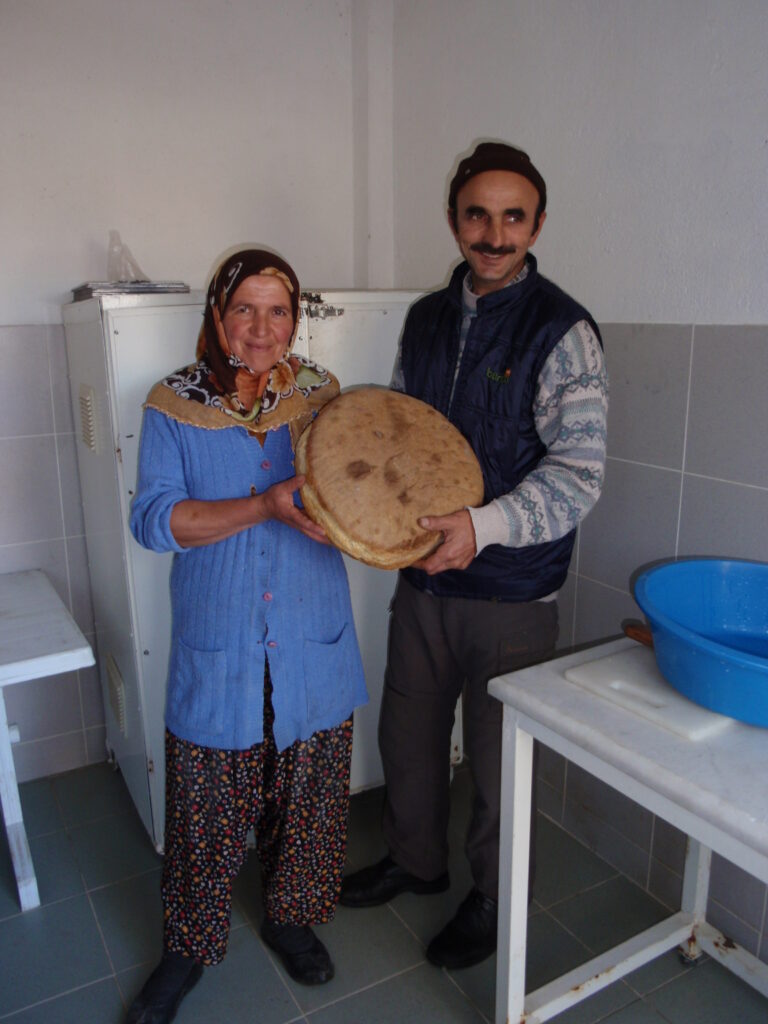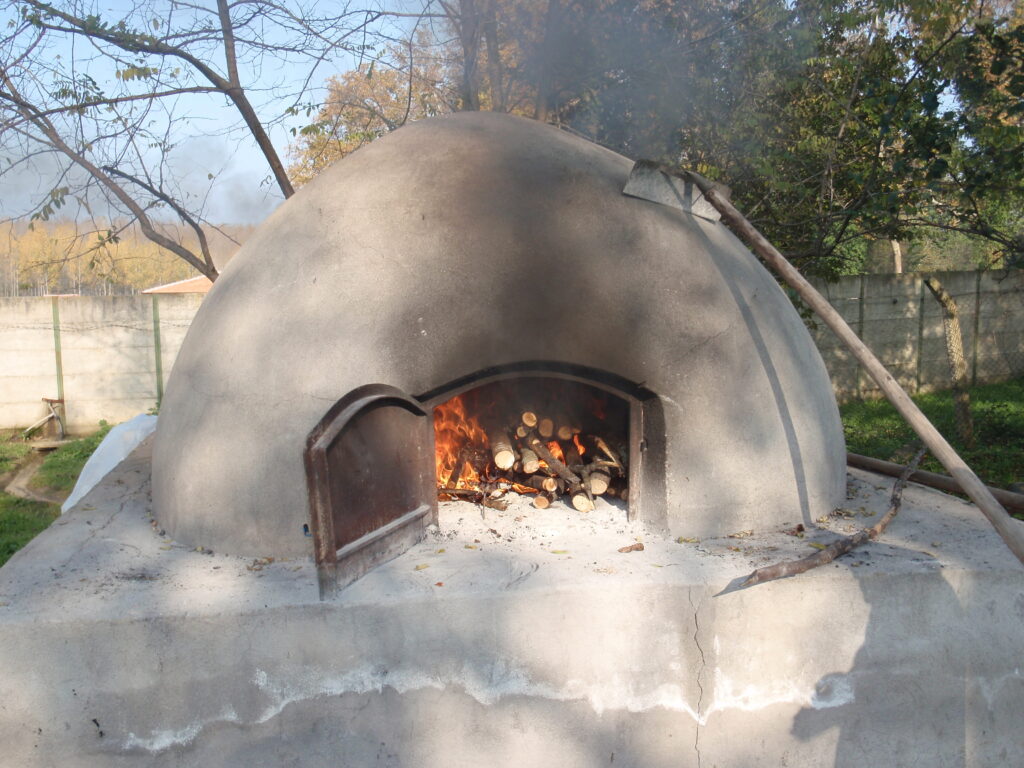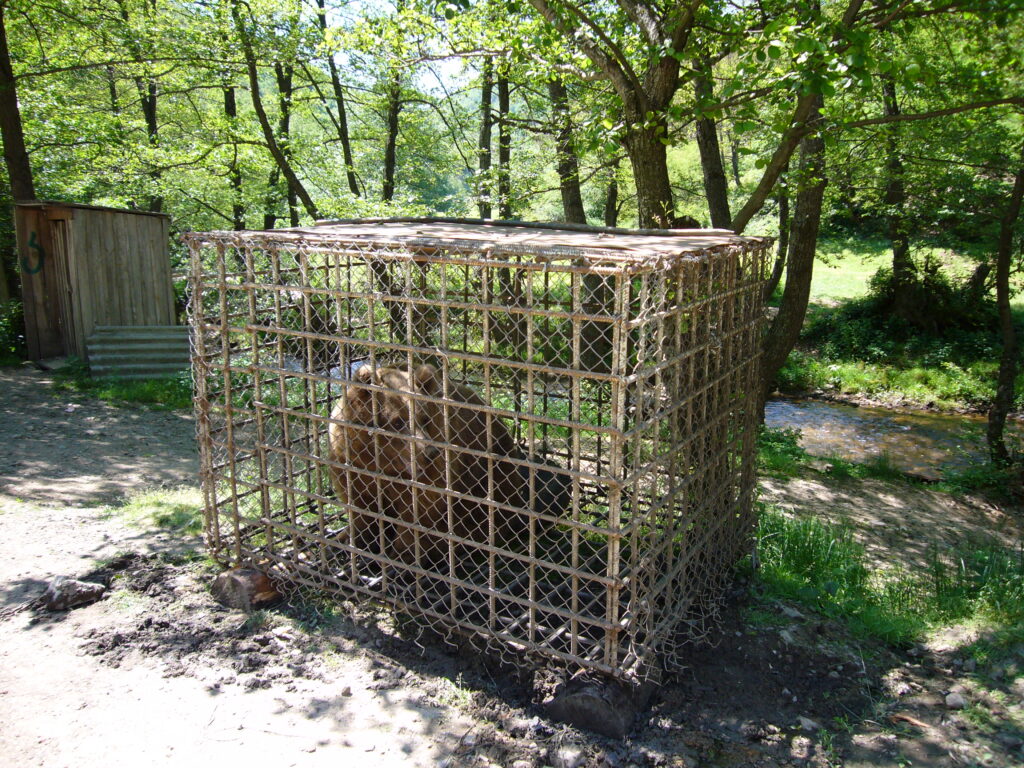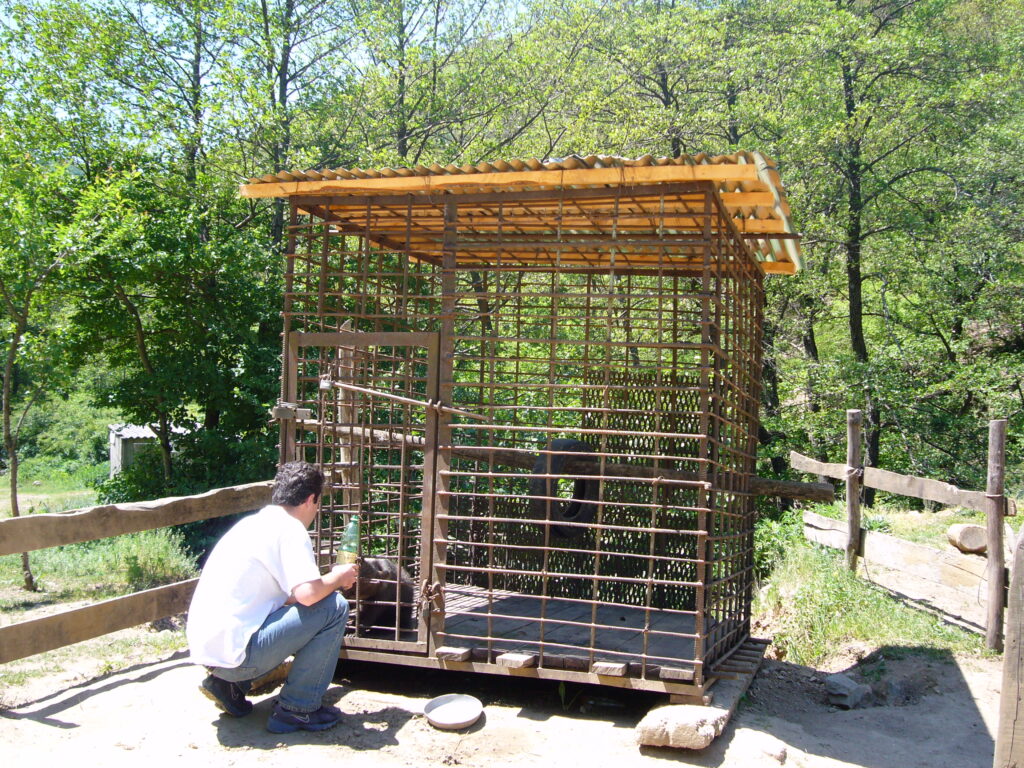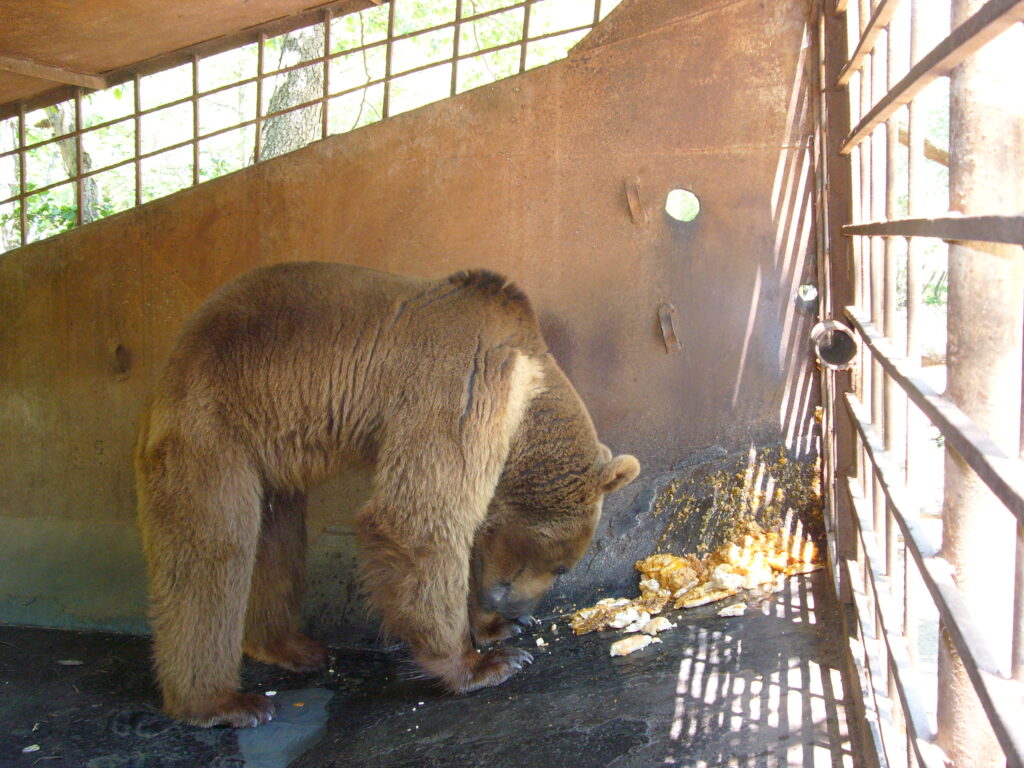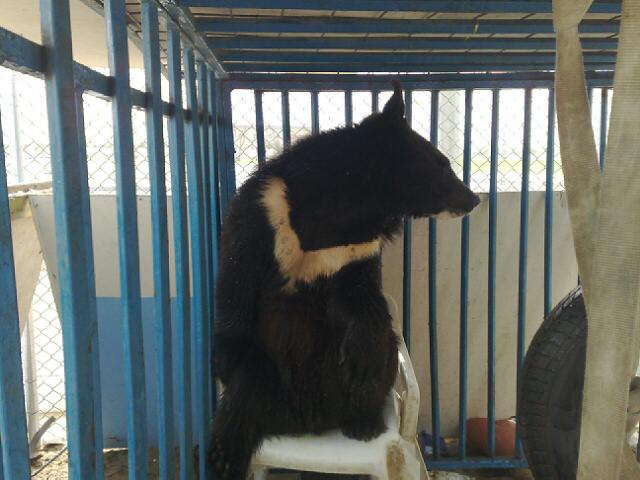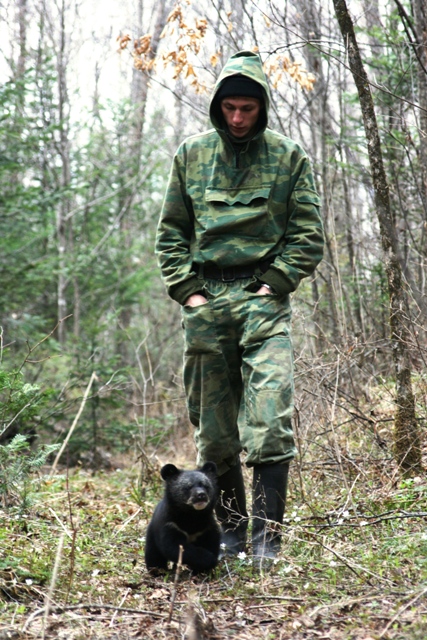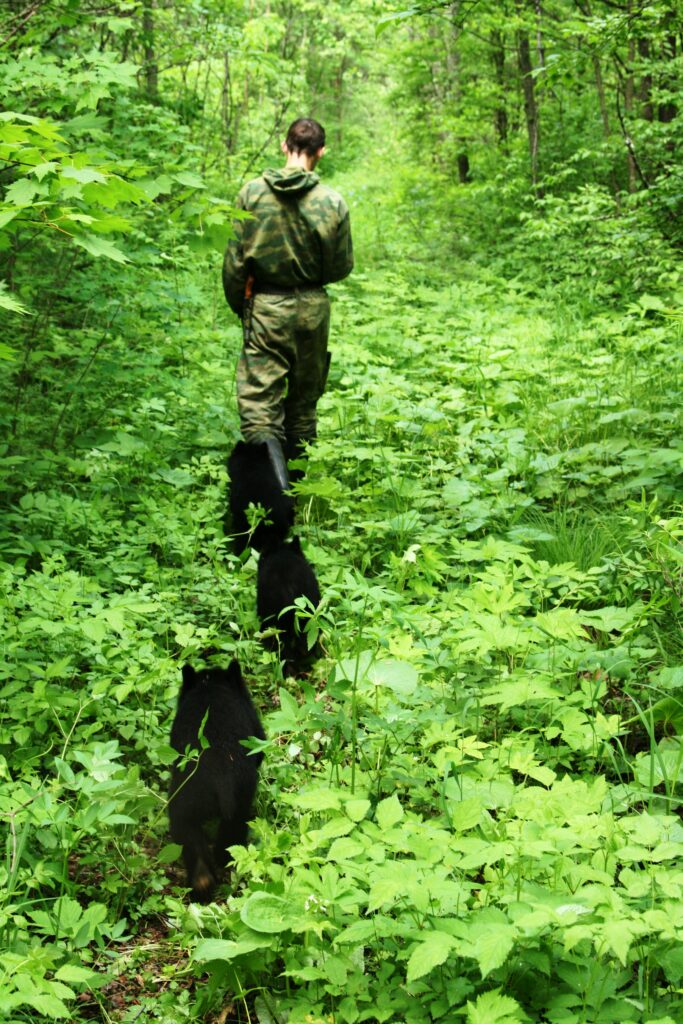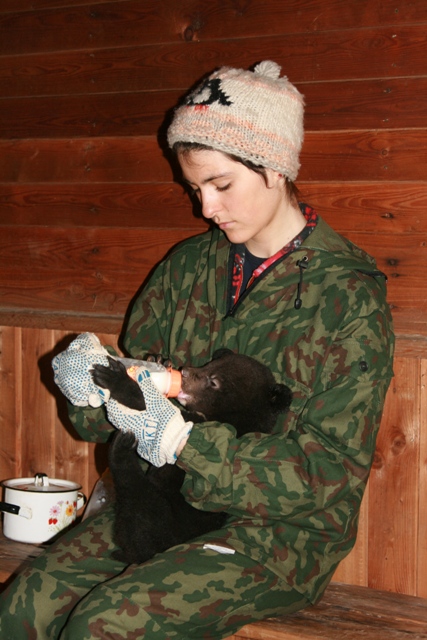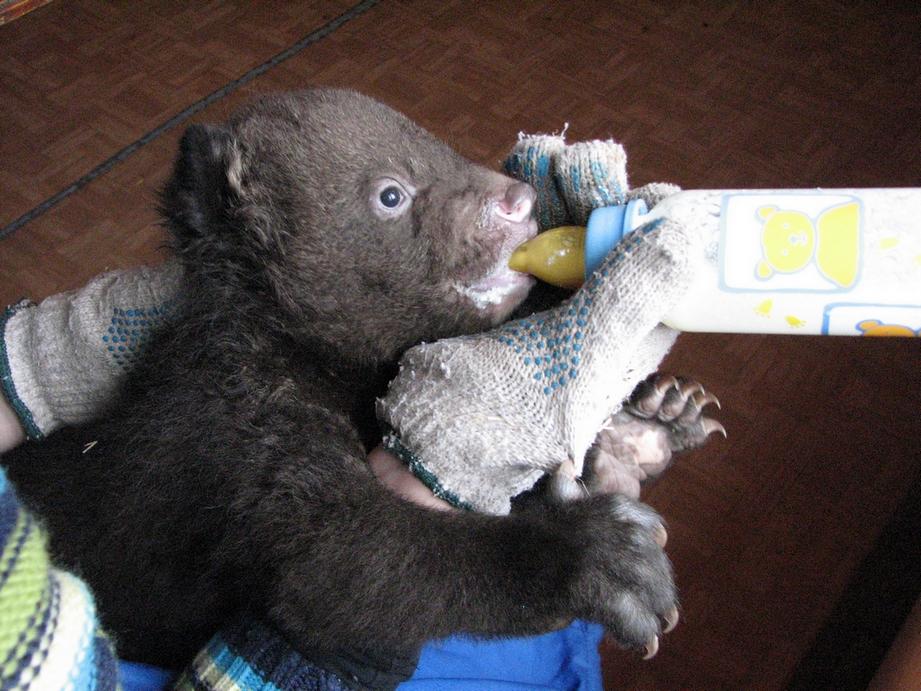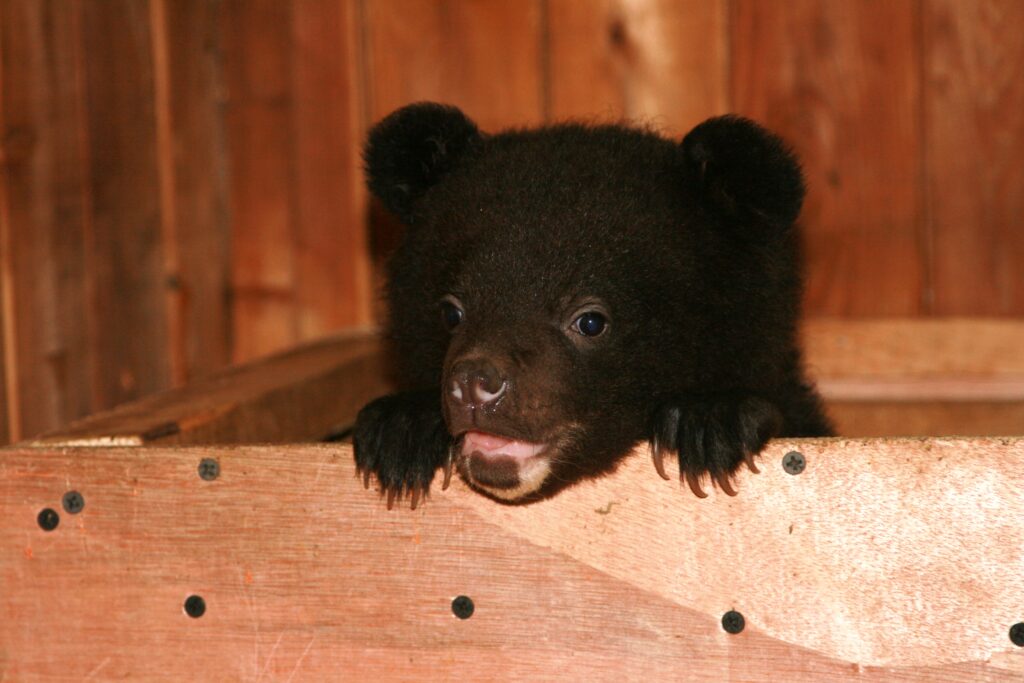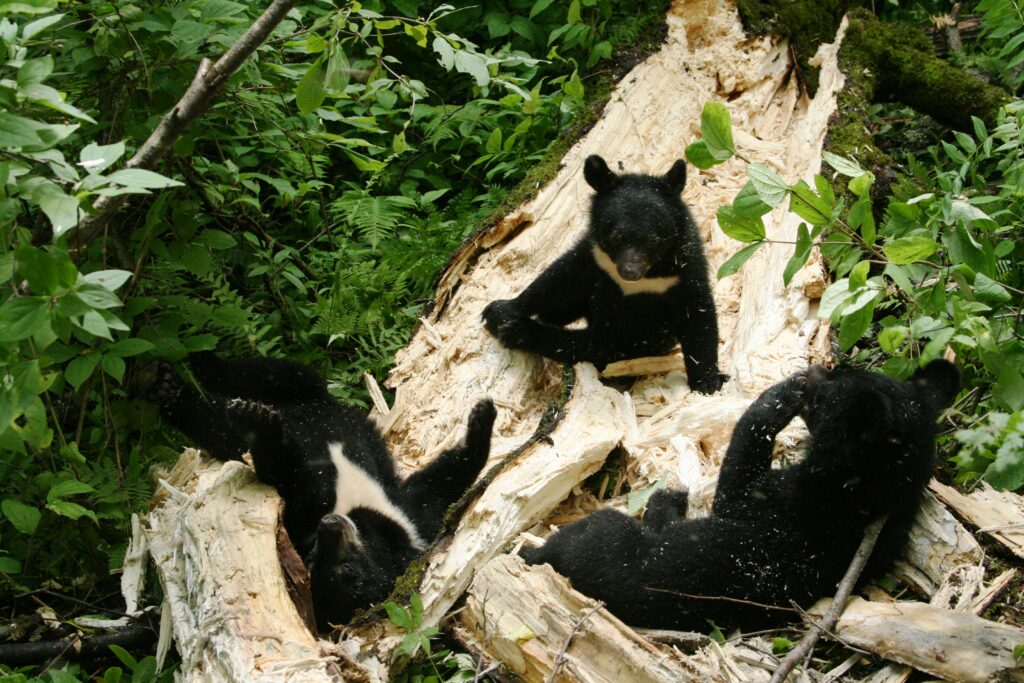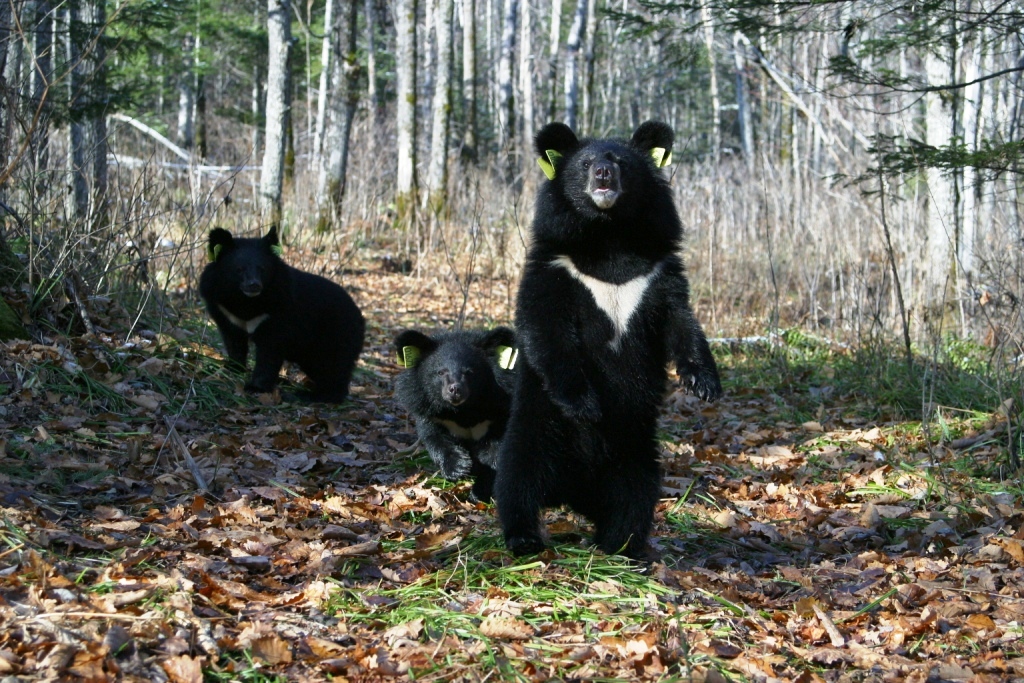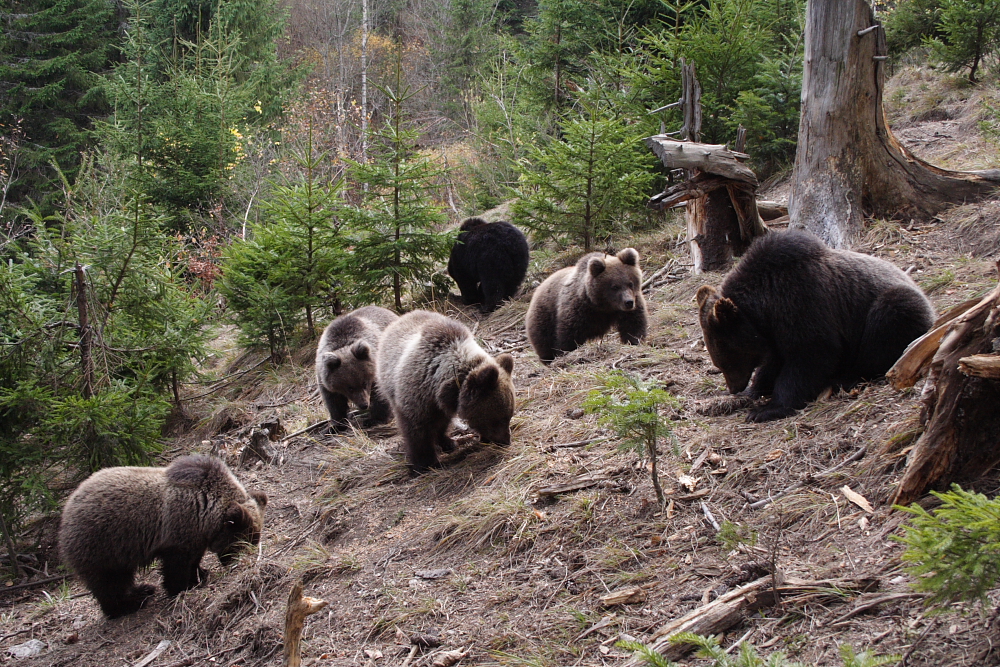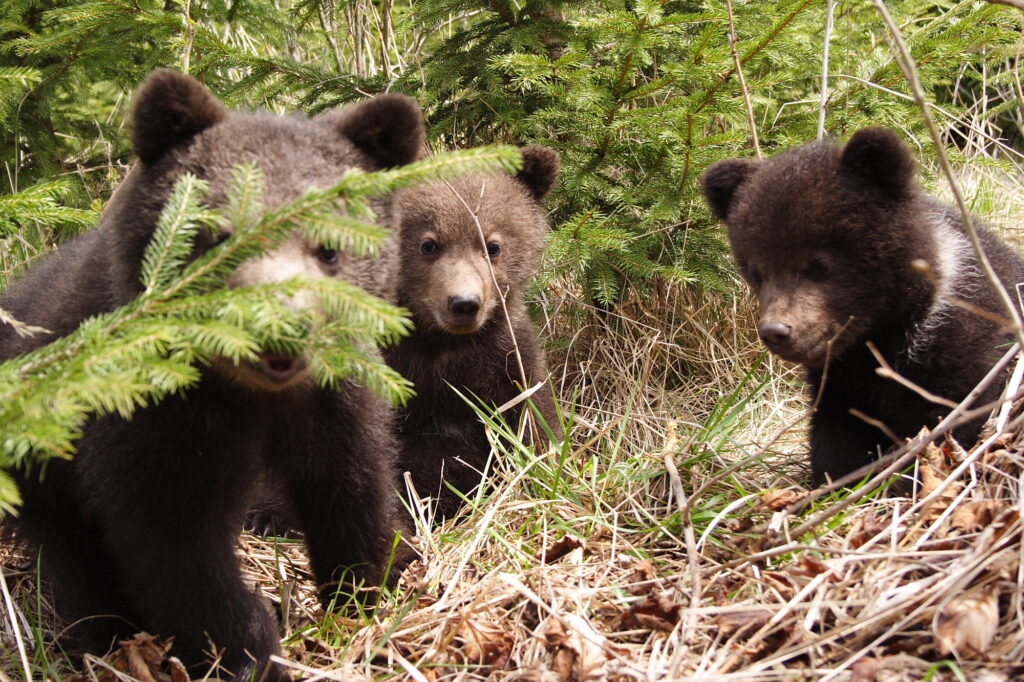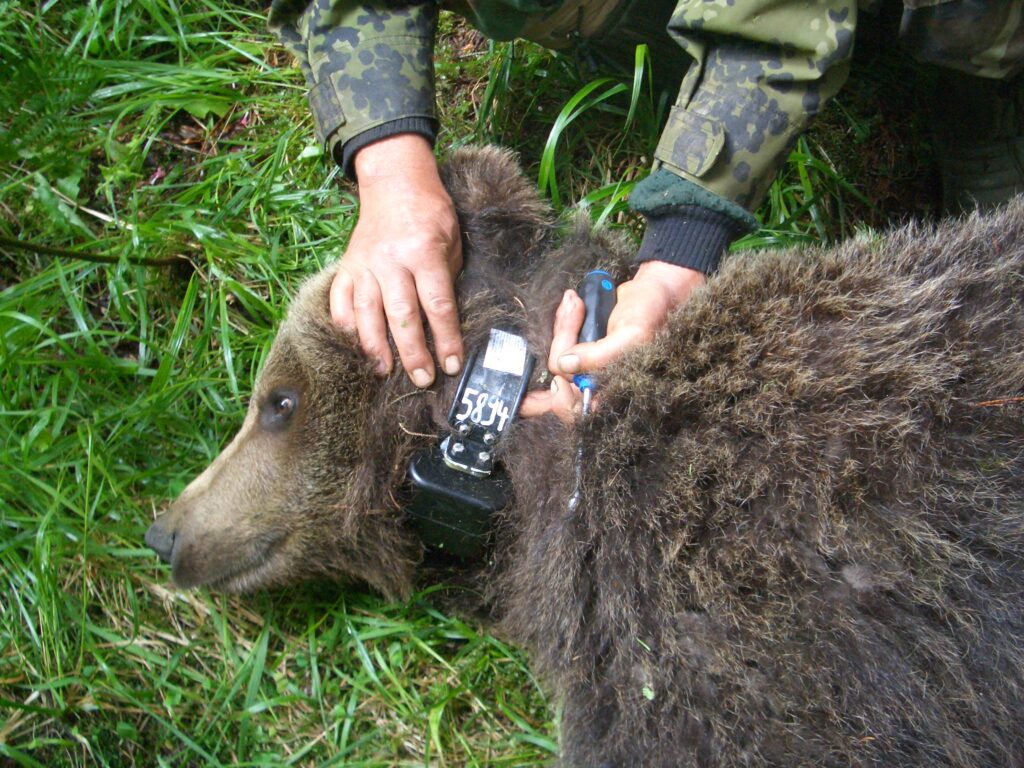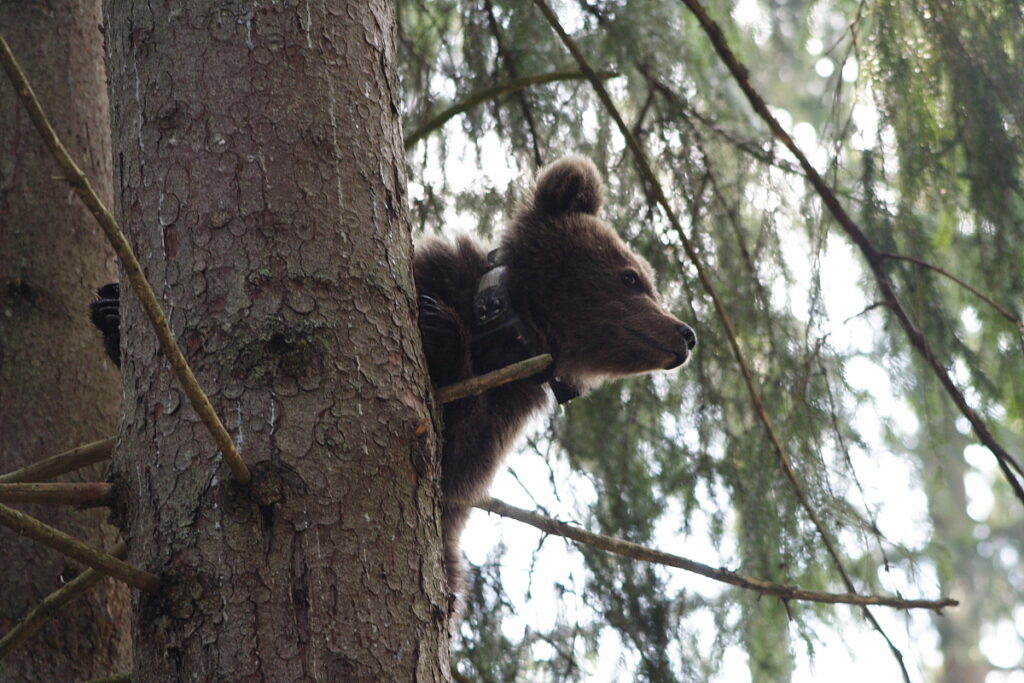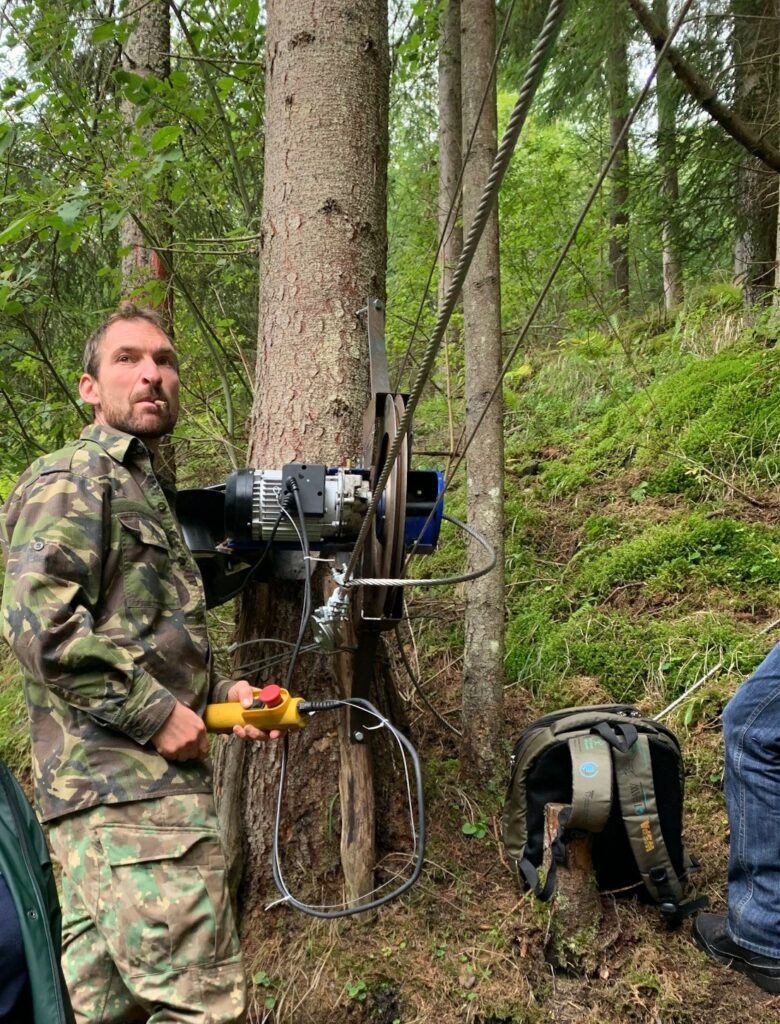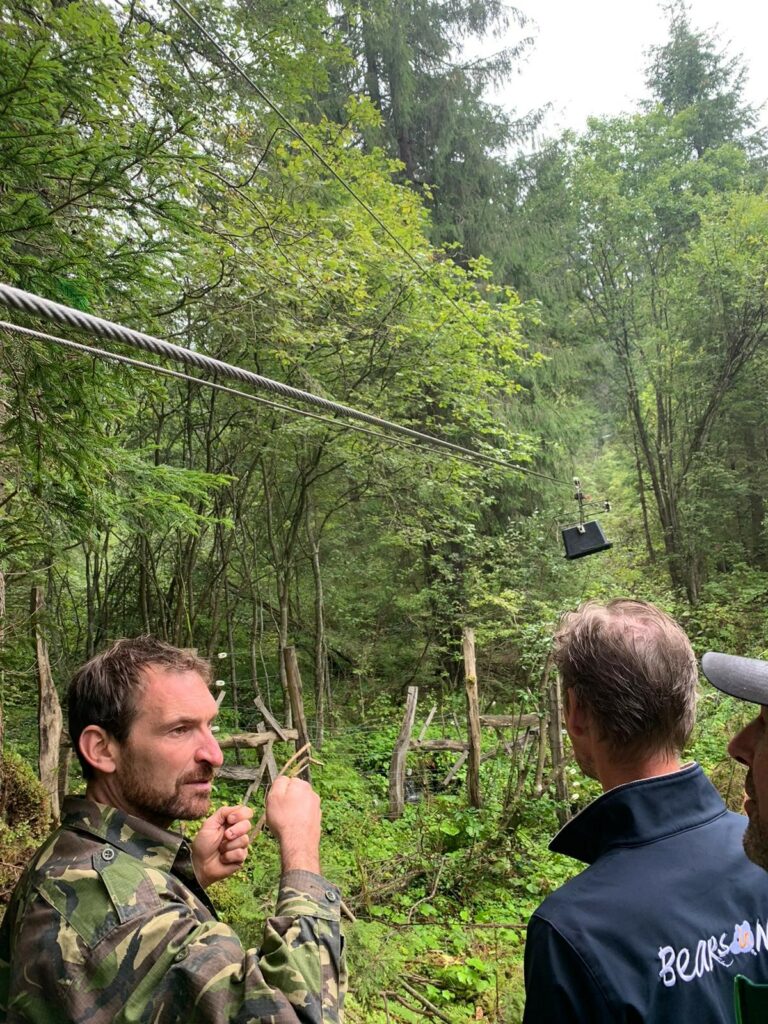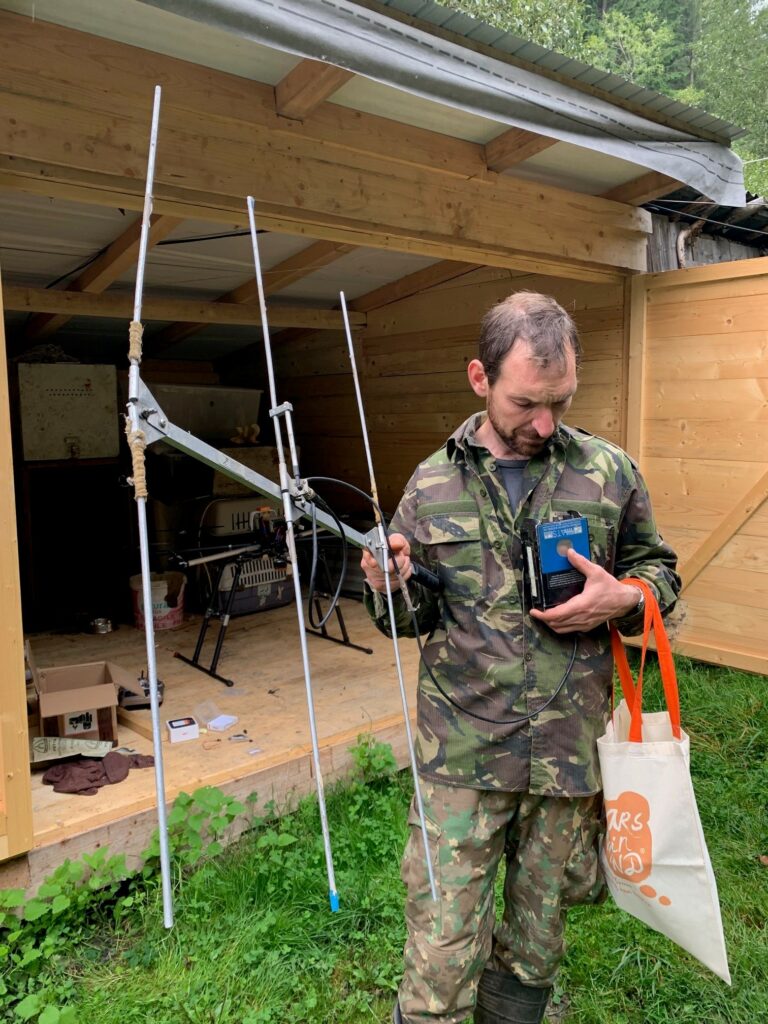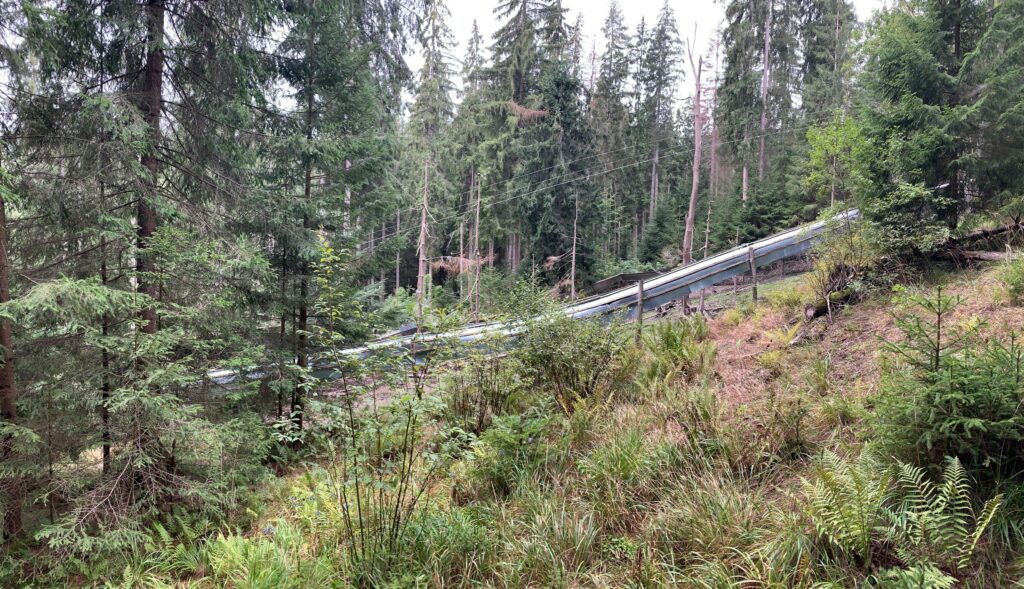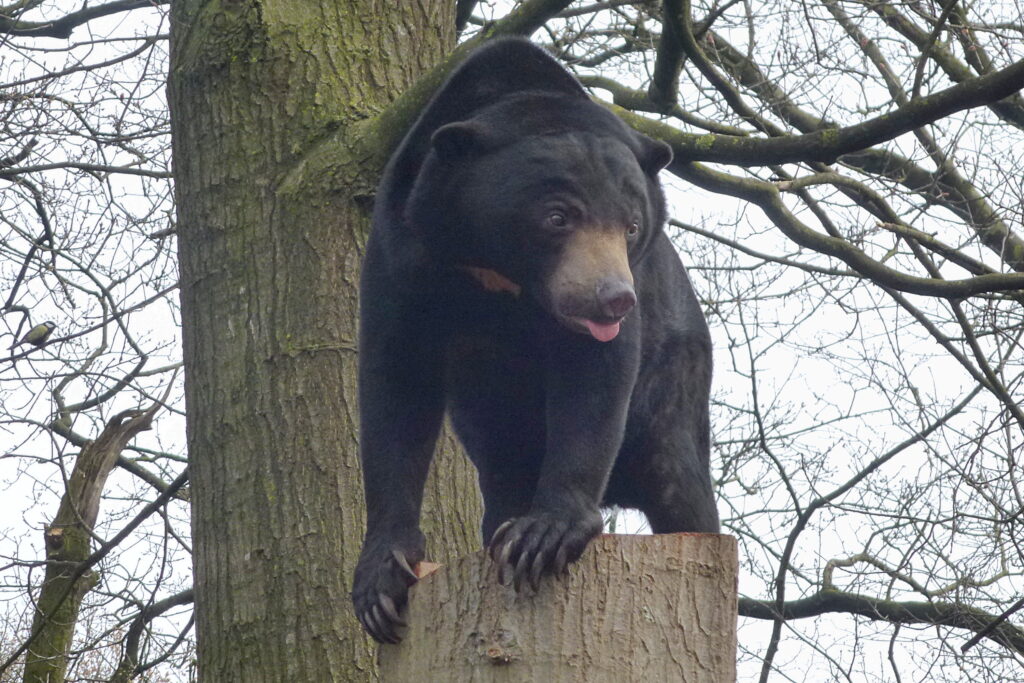How it all started…
The beginning of the idea and need to do something substantial for captive bears in Europe goes back more than 30 years. In 1990, Ouwehand Zoo in The Netherlands was asked by the Directorate-General (European Commission) to draw up a plan to accommodate several captive (ex-dancing) bears from Greece. Those would be confiscated following a change in legislation. The use of dancing bears as street entertainment was not only banned in Greece, but also in Turkey. In the years that followed (more than 200 bears needed to be rehomed), two large bear sanctuaries were built in the abovementioned countries and dozens of bears were saved under the LiBearty campaign set up by then WSPA and for Greece it was mainly ARCTUROS liberating dancing bears and providing them a new home.
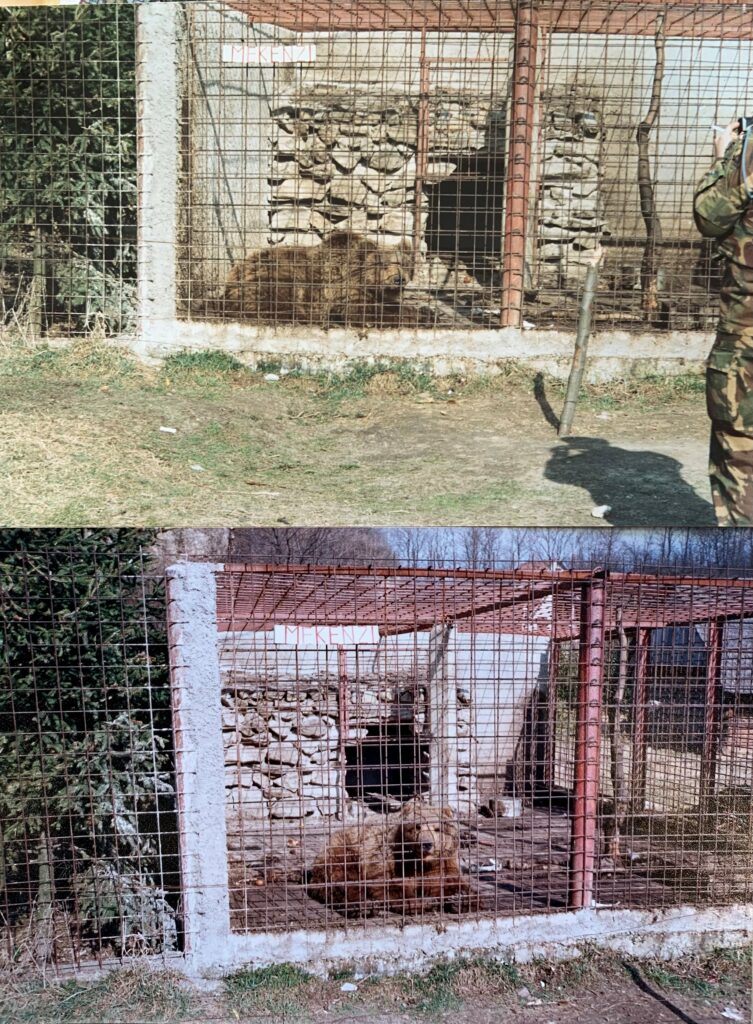
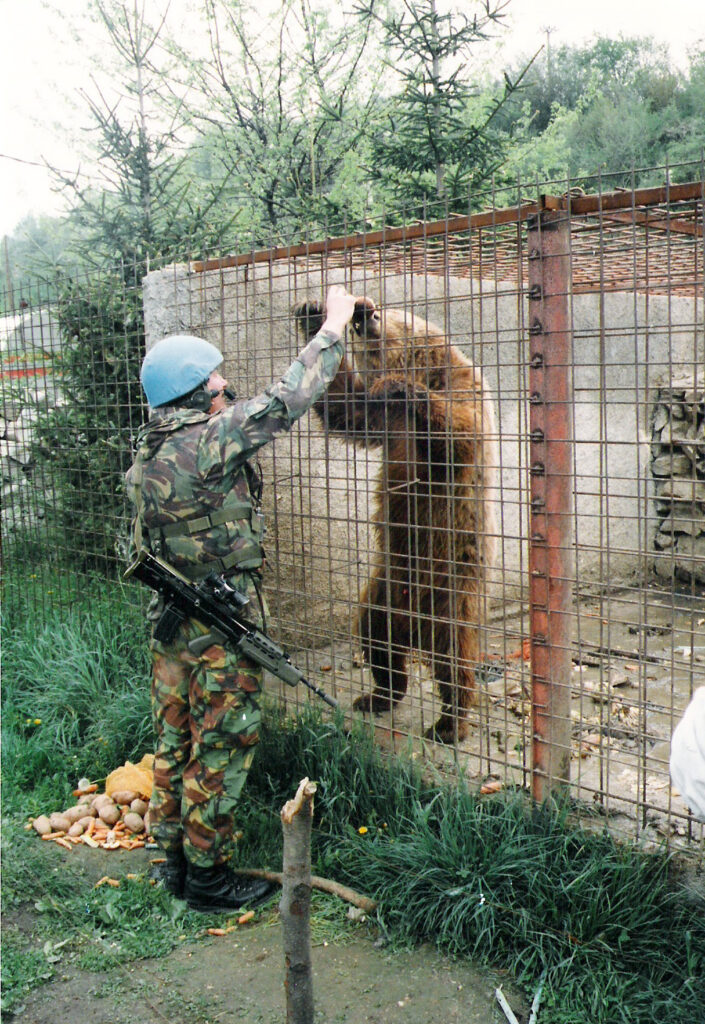
More bears needed a new home (amongst them three blind dancing bears from Turkey) and following the initial request by the EC, Ouwehand Zoo was able to finally answer this request with the start of the development of The Bear Forest, a sanctuary for mistreated European brown bears. A separate foundation was created to manage this bear sanctuary, and the International Bear Foundation was born when phase one was finished of this special project in April 1993. Two brown bears already in Ouwehand Zoo, moved in first: Geert & Trudy. Followed by the rescue of bears Mackenzie & Nelly from former Yugoslavia and the rescue of lonely bear Jo from a bear pit in Maastricht – The Netherlands. The three Turkish blind bears Bora, Koröglû & Fiona were rescued and introduced into their new forever homes during autumn of 1993. Many more bears would follow suit…
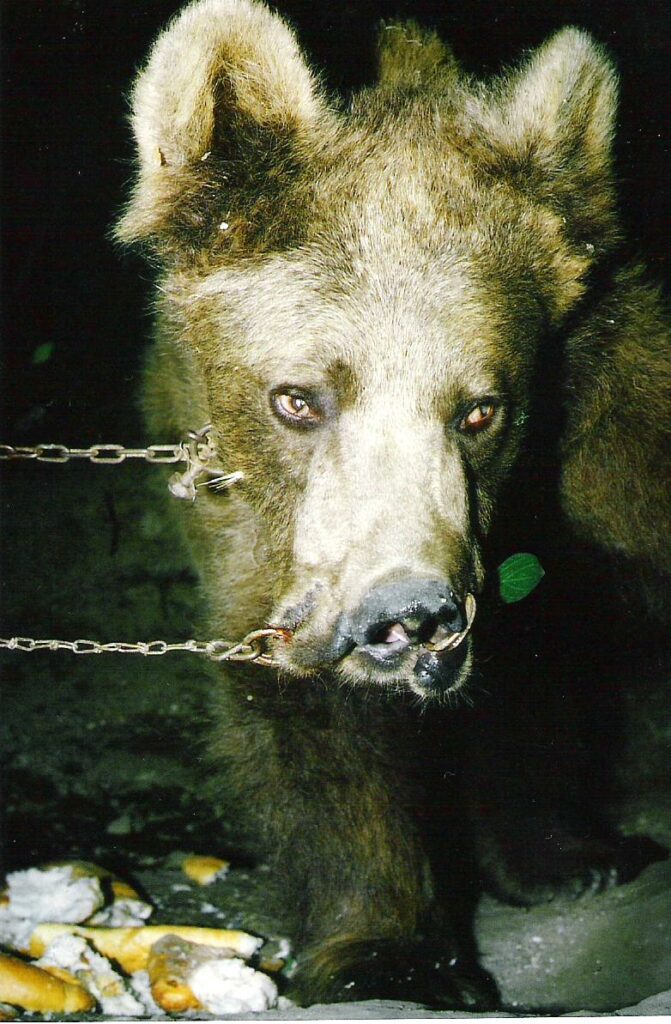
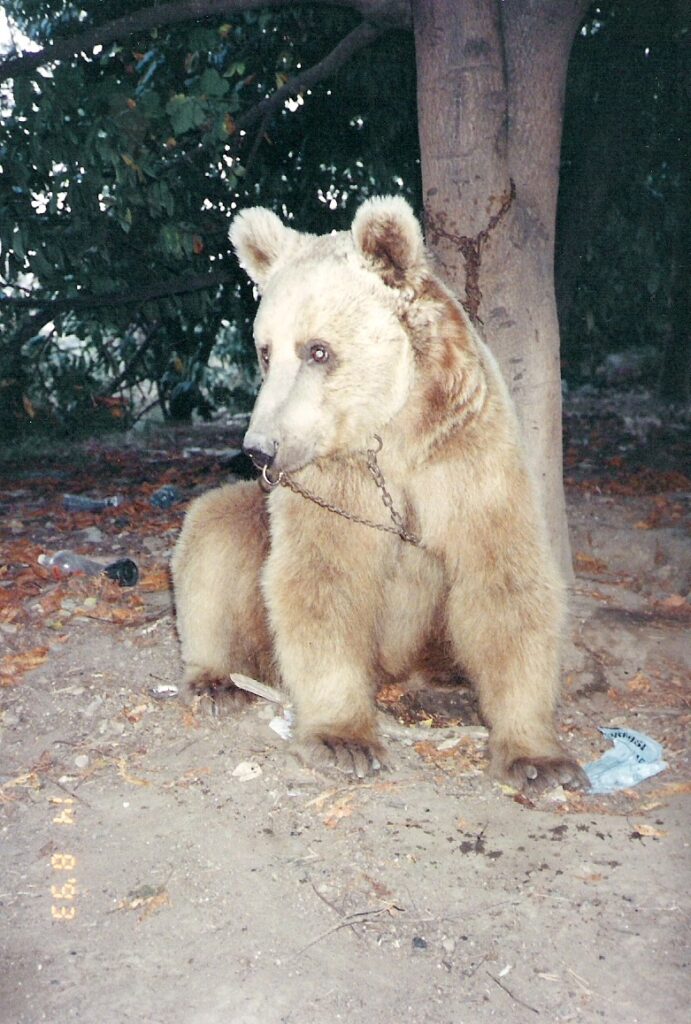
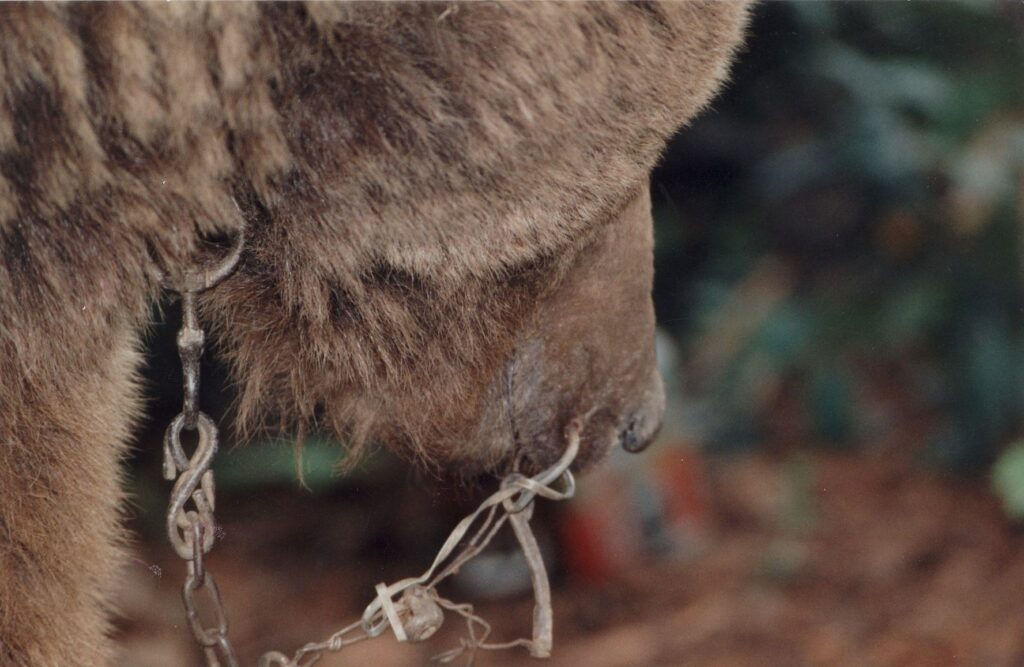
In the years since then, the foundation has had multiple names, but ever since 2016 they have been operating under the name ‘Bears in Mind’. Bears in Mind is a valued member of and operates within several network organizations like the IUCN (World Conservation Union), EAZA (European Association of Zoos & Aquaria), EARS (European Alliance of Rescue Centers & Sanctuaries) and the IBA (International Association for Bear Research & Management).
The Bear Forest sanctuary
For 30 years now, the sanctuary for bears has been able to offer peaceful asylum to 35 brown bears in total. From circuses, private collections, theaters, film industry, road-side zoos to bears that were kept next to a restaurant or petrol station. Unfortunately, captive bears are found under many horrific and often shameful conditions. As of November 2023, 9 bears inhabit The Bear Forest: two from a former hunting farm in Bulgaria, three from war-torn Ukraine where they were kept next to a restaurant and a small children’s zoo until their rescue, one bear from a closed-down zoo in Georgia, one from a theater in Russia where the bear killed its trainer and had to be saved, one bear from private ownership in Bosnia and Herzegovina and one was from Sweden where she was kept as playing companion for a polar bear cub found on the sea ice and eventually both of them ended up in Ouwehand Zoo.
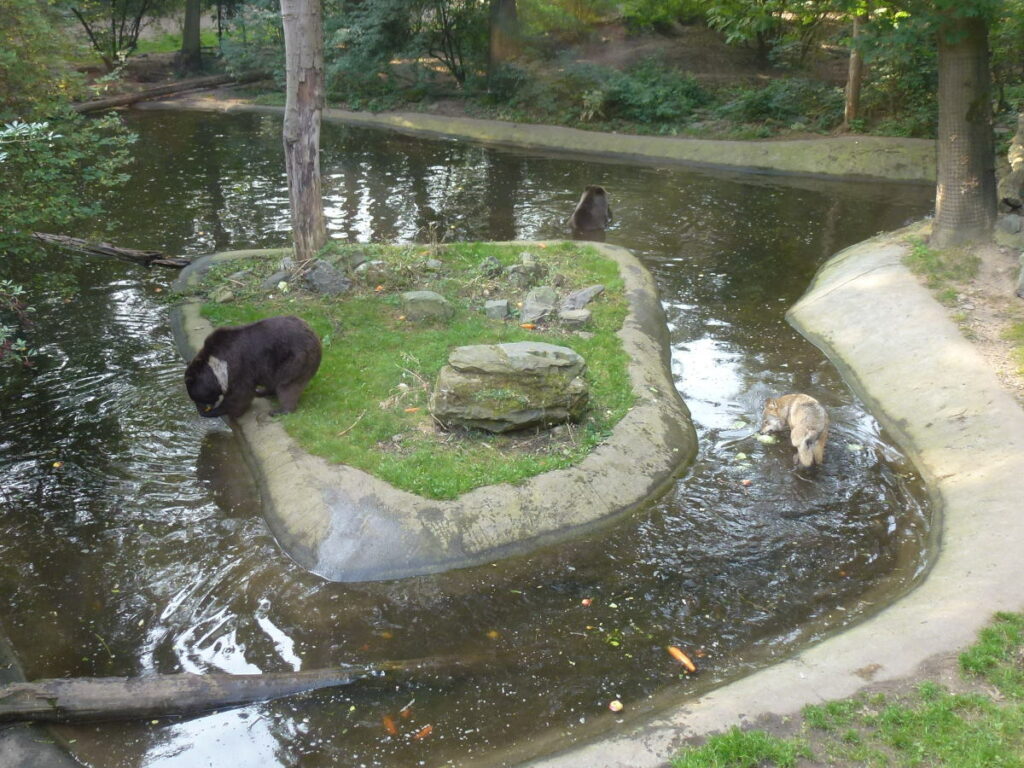
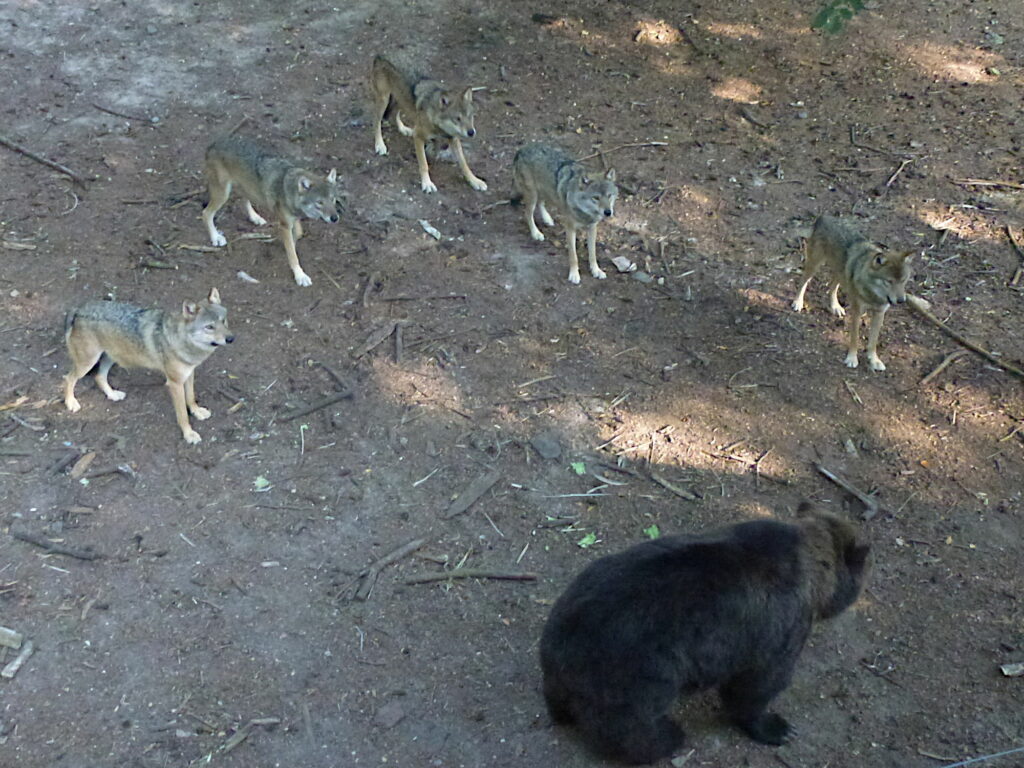
The bears live together with a small pack of four wolves. These animals are kept together in this mixed-species environment as a way of mimicking their natural environment. The interaction between wolves and bears stimulates the natural behavior of both species, beneficial for all. The wolves are mostly given meat, whereas the bears only eat little amounts of meat as part of their very diverse seasonal diet, based on what they would find in the wild. Bears in Mind introduced the Natural Feeding Program in 1999 and in the first year there was already a major difference noticeable in the behaviour of the bears, with many of them going into hibernation for the very first time! This was a clear sign that the natural behaviour of these traumatized animals could be restored if the right ‘tools’ and care was offered.
The sanctuary is 20,000m2 in size, has a large pool for the bears to drink/swim/cool down and play in, with a waterfall. It is part of the surrounding natural forest which borders the zoo and it has 11 artificial dens and two small wooden shacks for the bears to shelter from the weather or hibernate in. Before entering The Bear Forest, visitors are walking through ‘Karpatica’, a series of simulated Romanian-style houses with informative and interactive educational material for young and old. About the biology and ecology of bears in general, threats to bears and their habitat, and of course about Bears in Mind and their projects around the globe.
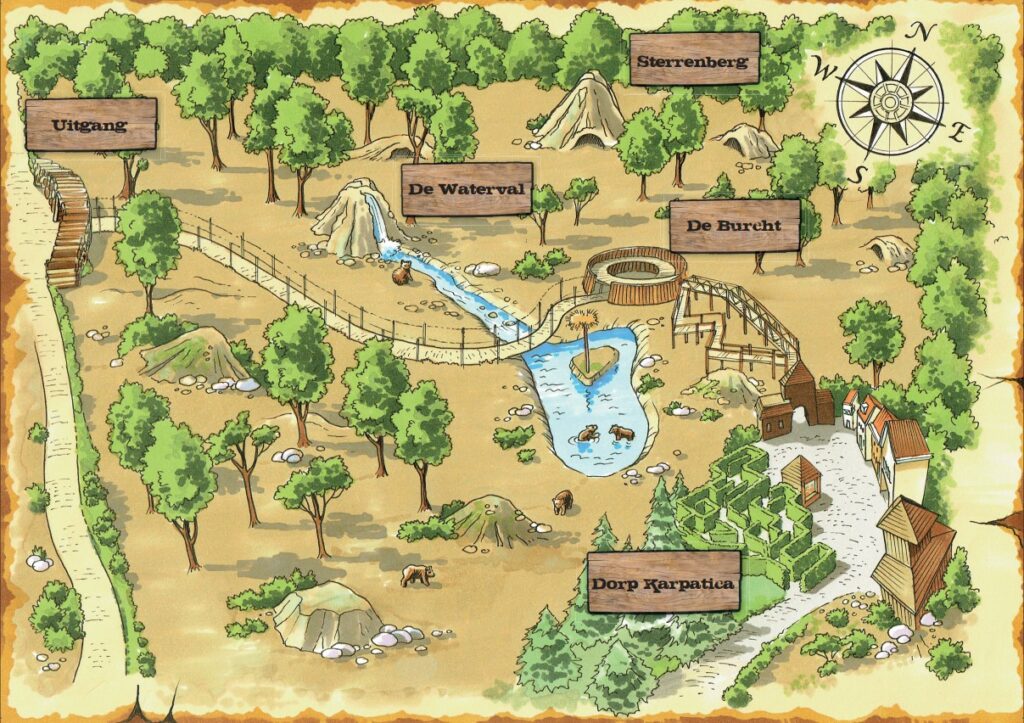
Since The Bear Forest is part of the general walking route through Ouwehand Zoo, almost one million visitors a year can view the bears and learn about them. This poses a huge opportunity to Bears in Mind, to try and reach these visitors and make them part of their conservation mission: to create a better world where bears and people can coexist in.
